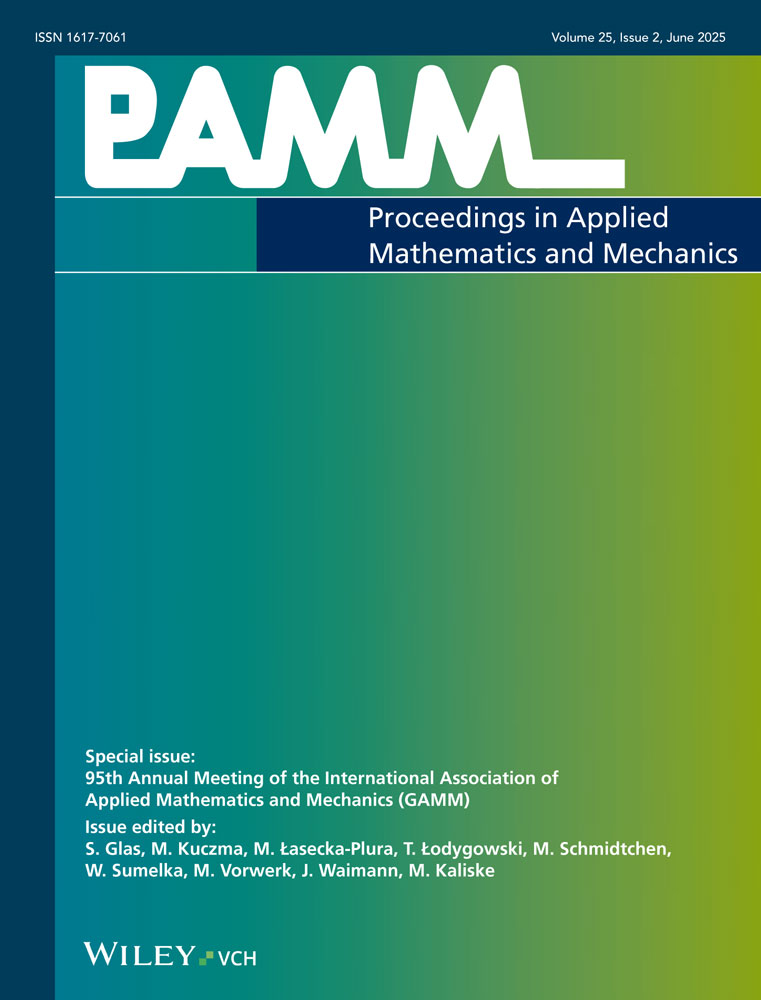Harmonic Mistuning of Blisks
Abstract
The paper describes a new method to calculate the maximum amplificationof blade vibrations of a bladed disk or blisk subject to manufacturing tolerances. Two effects of mistuned blisks are analyzed in this paper. The separation of two orthogonal nodal diameters are shown and described in detail. Furthermore, the excitation of more than one nodal diameter by only one engine order is discussed. If the eigenfrequencies of these nodal diameters are close together, the vibration amplitude of some blades increases. Based on a lumped-mass model, it is shown which maximum amplitude can occur. The idea is to use a harmonic mistuning pattern to get the highest influence at small tolerances for one single nodal diameter. This influence is not exceeded by a randomly mistuned system and limits the maximum amplitude. The given analysis is validated by a common Monte-Carlo simulation. On the other hand, a description of the excitation of other nodal diameters is given. Using these two effects, an absolute vibration maximum for a given mistuning limit can be calculated. (© 2015 Wiley-VCH Verlag GmbH & Co. KGaA, Weinheim)




